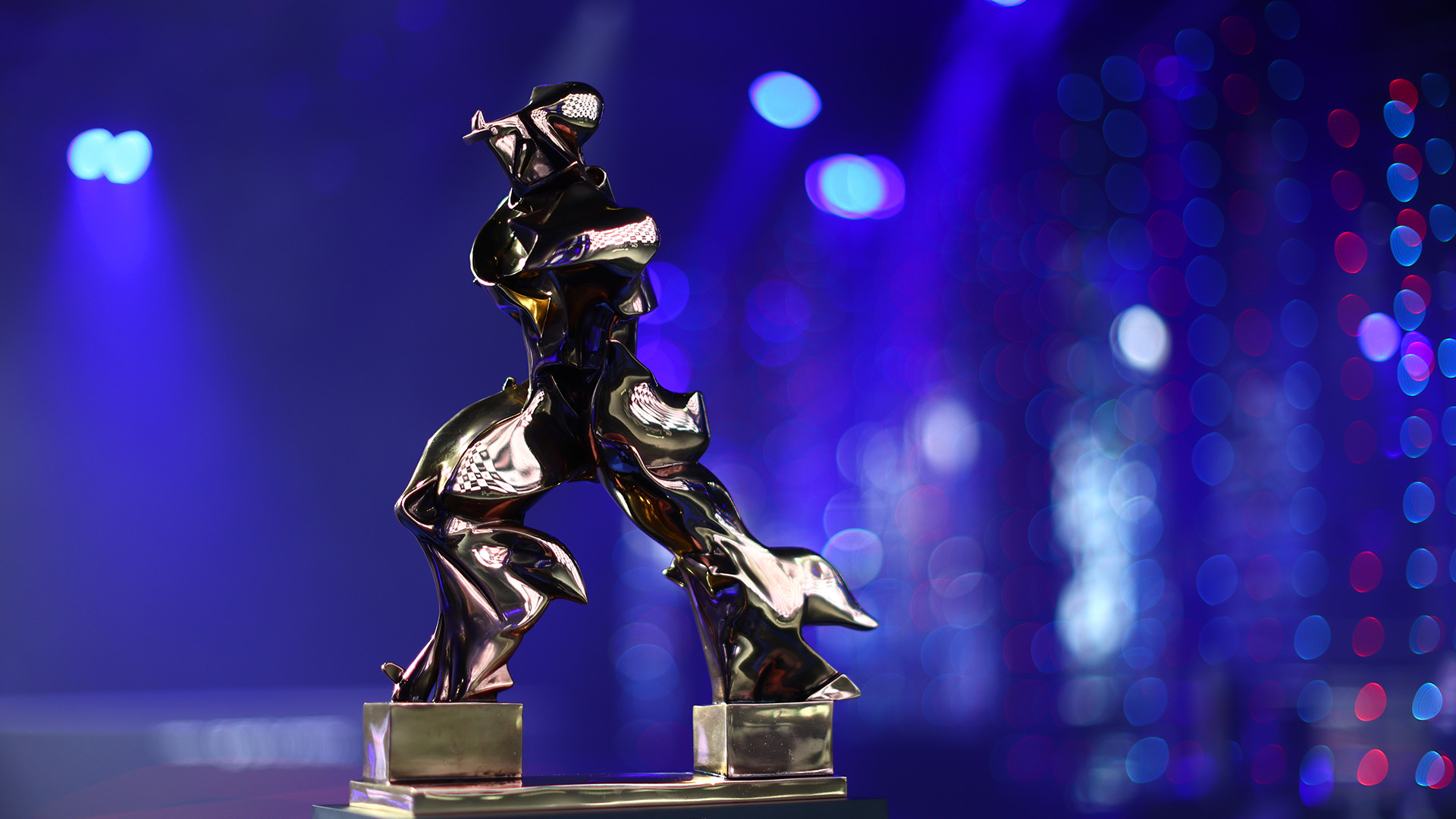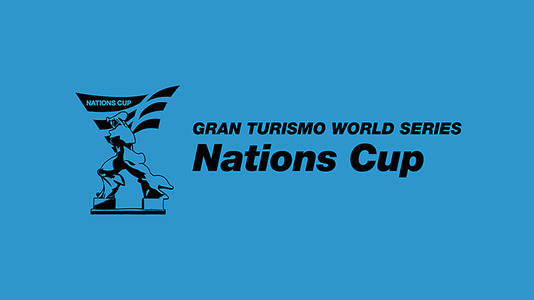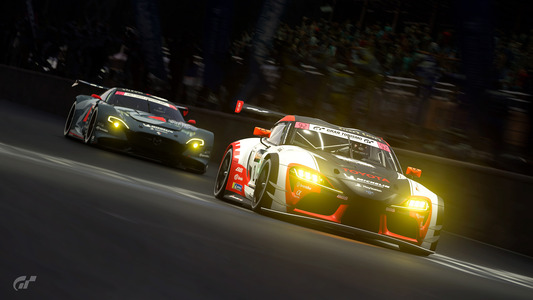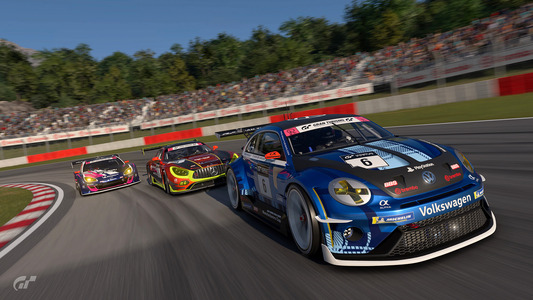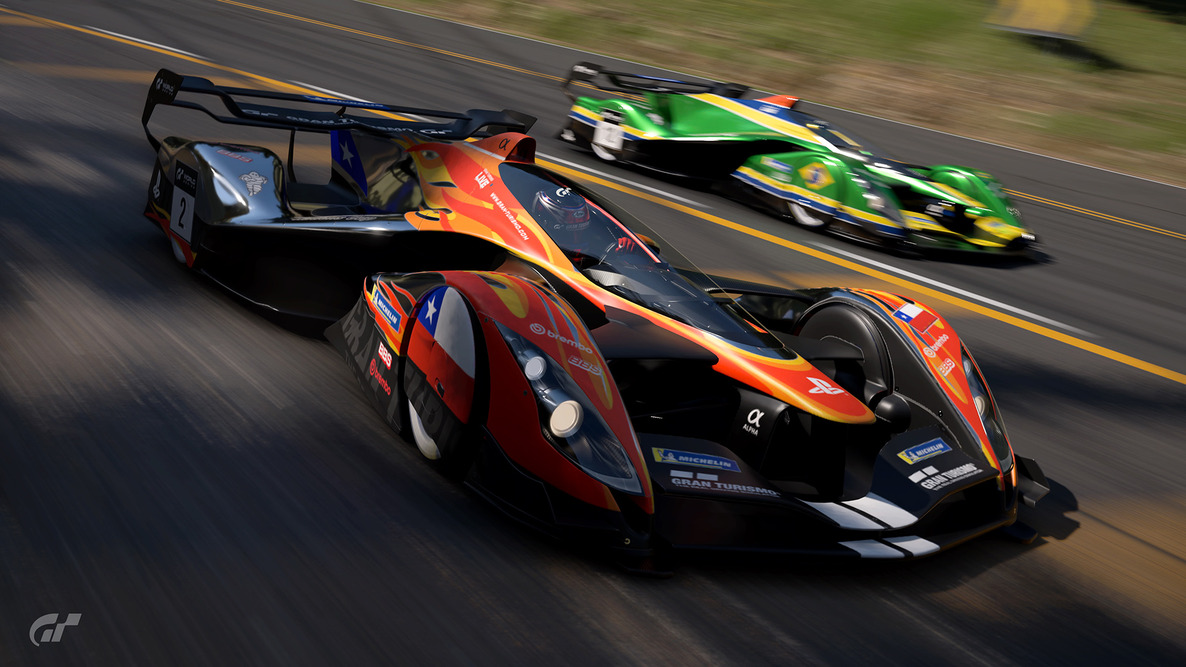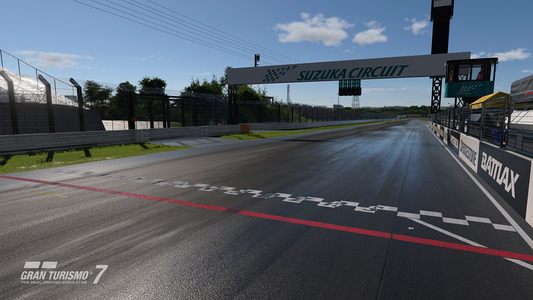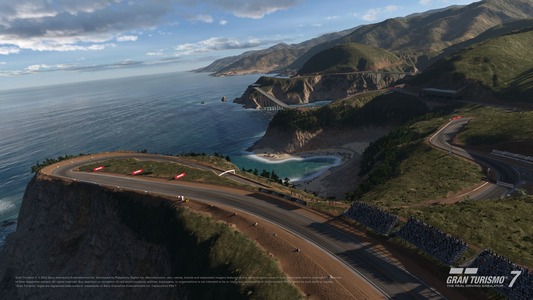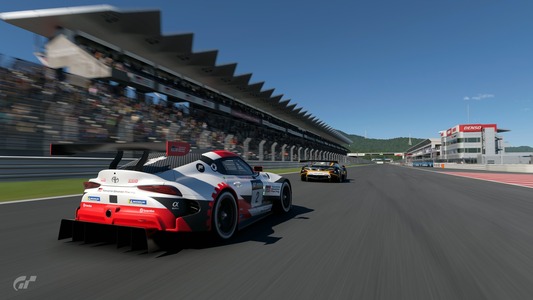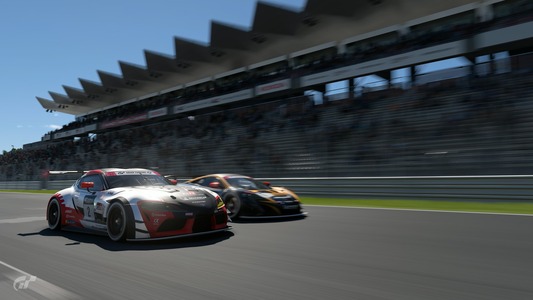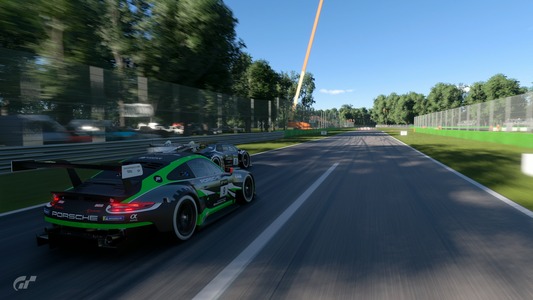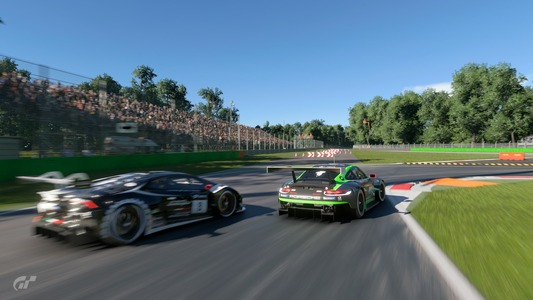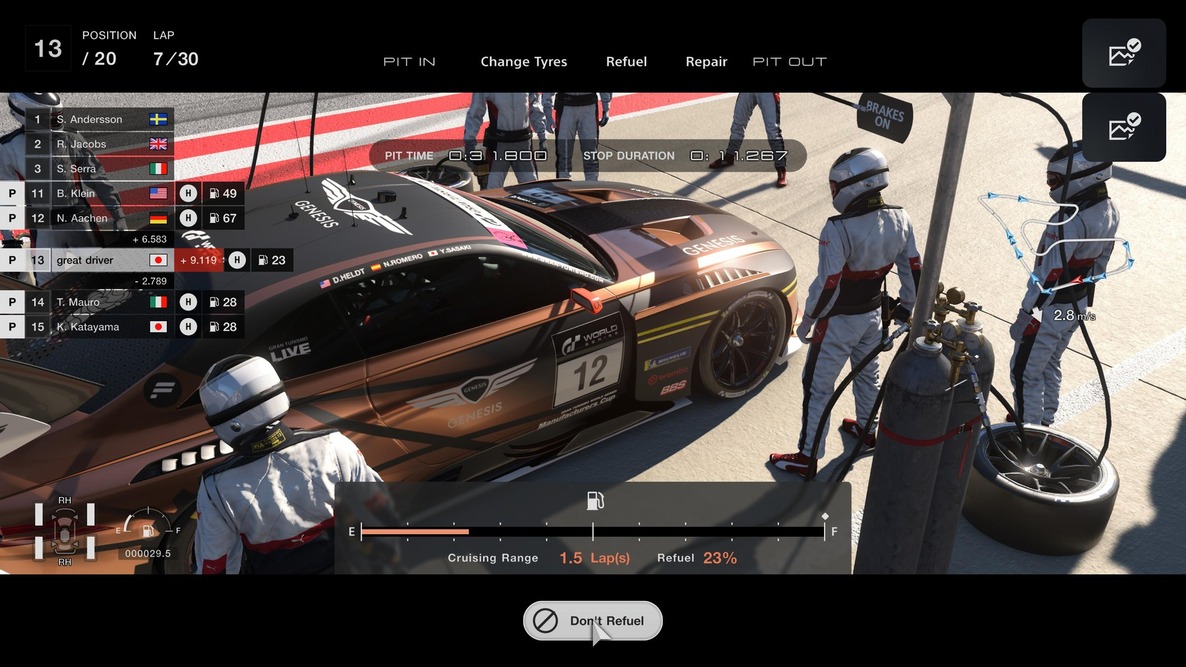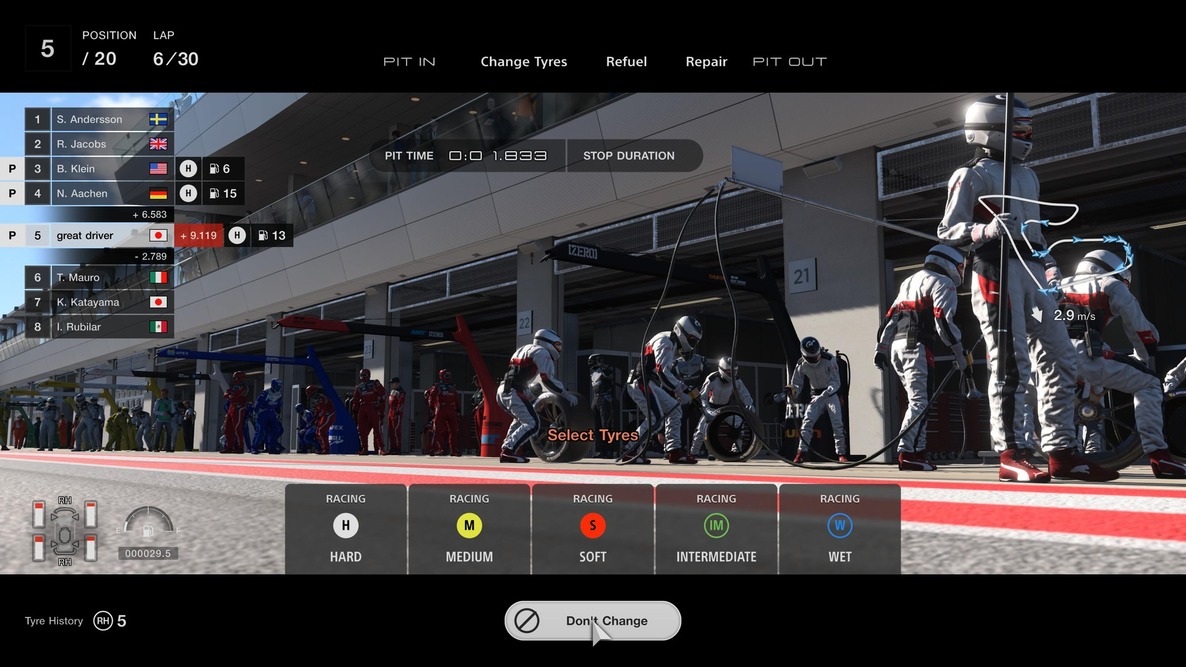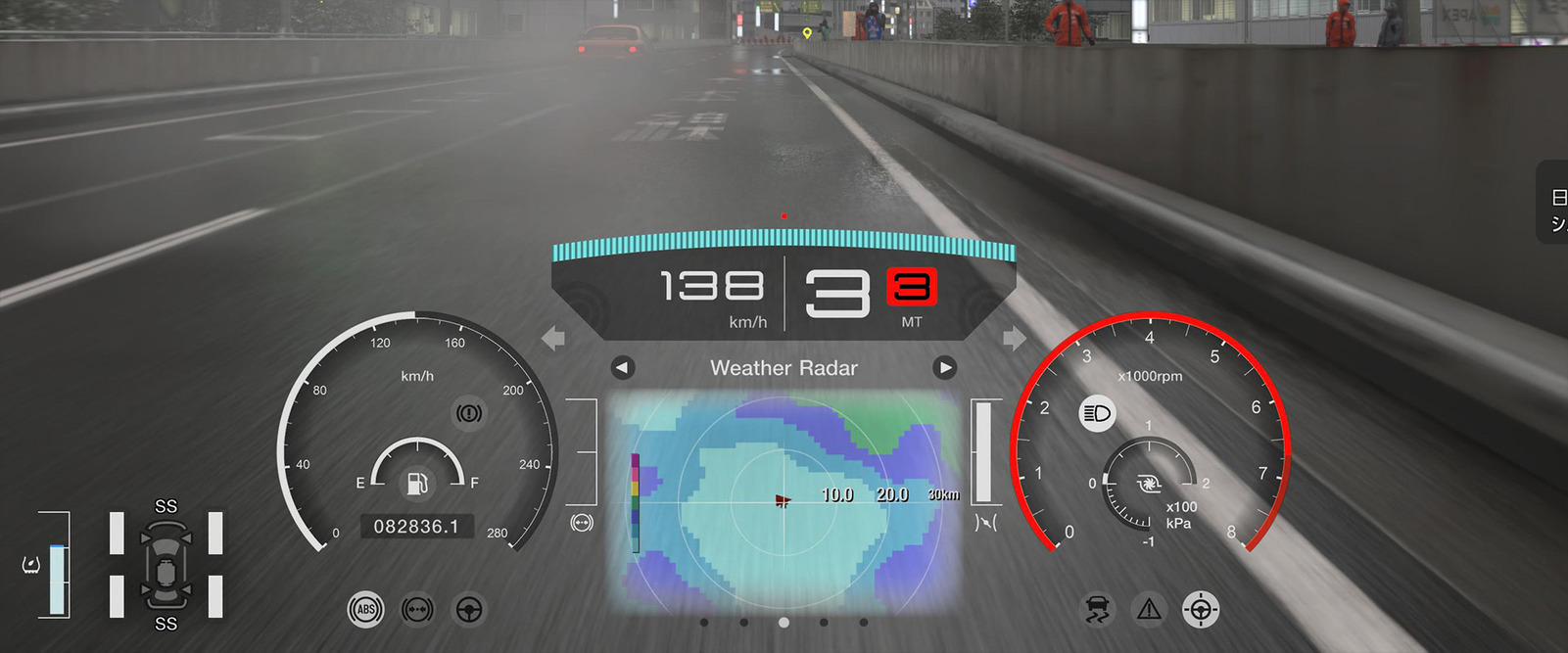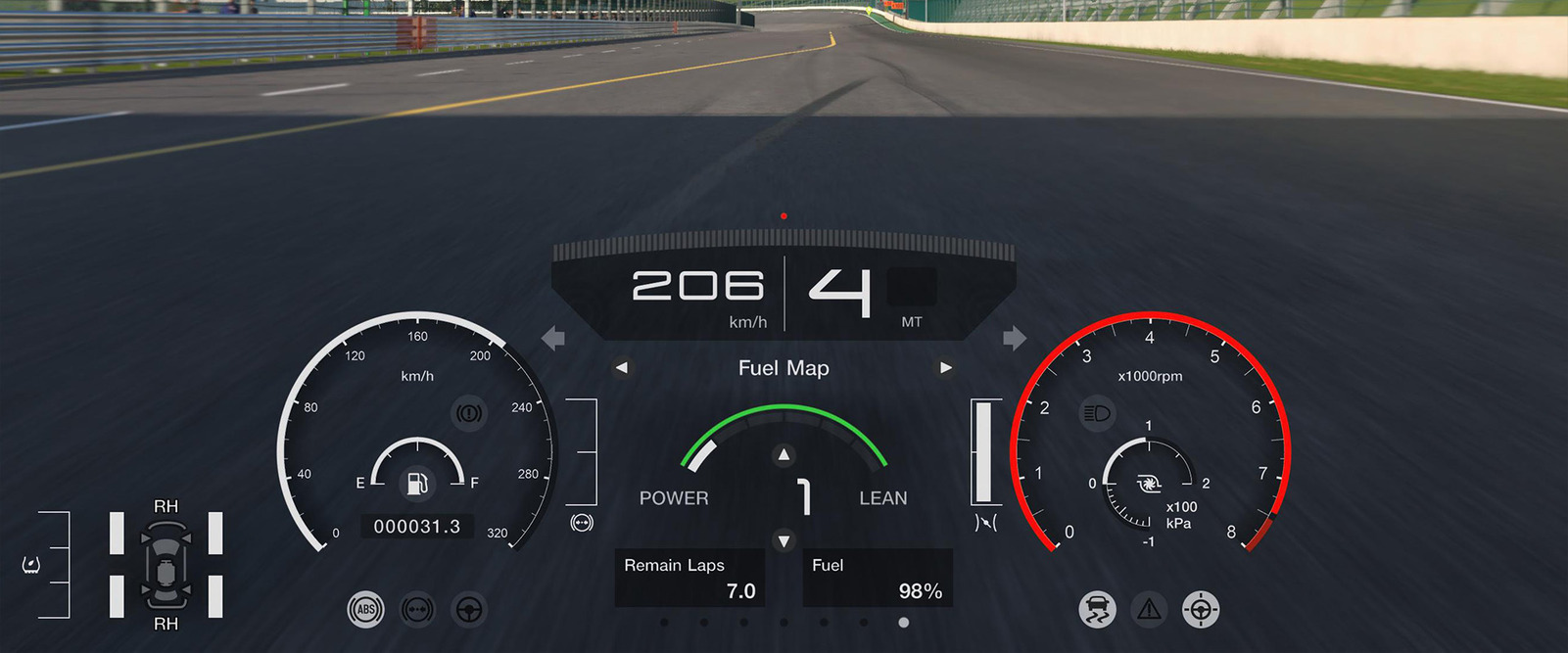'Gran Turismo World Series' Beginner's Guide
The Gran Turismo World Series (GTWS) is a championship open to Gran Turismo players all over the world to prove their skills. Those who perform well in the online races go through to the ‘Showdown’ and ‘World Final’ global live events for an intense head-to-head battle. This guide will go over some of the things to look out for and the basics of the tournaments for those watching our broadcasts for the first time. It’s all you need to get up to speed!
What races will be held?
Manufacturers Cup
This global live event features two race tournaments. The first of these is the ‘Manufacturers Cup’ for international manufacturer teams. Though there are many car manufacturers in the world, this live event features a 12-team lineup made up of our official partners Toyota, Genesis, and Mazda as well as the top manufacturers from the online series. Races will be driven by 3-man teams with driver changes.
Nations Cup
The other is the ‘Nations Cup,’ a tournament for drivers representing their home country/region. In the live event, 12 countries including our host country will compete. This tournament used to be an individual competition, but starting with the 2023 Showdown, it has become a team event with 3-man teams, like the Manufacturers Cup. Expect to see some unpredictable races.
What cars will be used?
The global live event will use two types of cars. Both meet the original rules of Gran Turismo 7.
Gr.3 Cars (Group 3 Cars)
Cars in this category consist of race cars based on regular road cars, and this is the category that will be used in the final race of the Manufacturers Cup. These cars use a rear-wheel-drive (RWD) drivetrain and are designed to weigh between 1200 kg and 1300 kg with between 500 and 600 horsepower, making them surprisingly powerful and lightweight compared to regular road cars. They are also equipped with various aero parts such as large rear wings that provide powerful downforce (the force that pushes the car into the track surface) that make them far more agile than road cars. You may find that a model you would typically see being driven on the road is competing as a racing car! Look out for one of your favourites!
X2019 Competition
The X2019 Competition is a single-seater, futuristic race car that was born from a fan car project between Red Bull Racing and Gran Turismo. Belonging to the Group X category (extreme vehicles that do not fit in any existing race category), this car will be used in the final race of the Nations Cup. This model has been modified specially for the Gran Turismo World Series to provide closer racing and enable drivers to display their true ability. A high-performance car that weighs just 650 kg with 800 engine horsepower, the X2019 is an absolute monster of a machine which requires talented drivers to tame it.
What kind of circuits will be used?
The tracks serving as the stage for these races will be made up of two types. There are real-world circuits such as ‘Suzuka’ and ‘Spa-Francorchamps,’ very familiar to fans of motorsport. If you watch a lot of real-life races, then you will probably already recognise some of the tracks that appear during the event.
Then there are the ‘Gran Turismo 7’ original tracks. These are completely original circuits from fictitious locations that include multiple layouts. The main difference to real-world circuits is that the width of the track has been expanded in the original tracks, allowing for more head-to-head battles in races.
Things to look out for (Race tactics)
Auto racing is a sport in which you try to get past rival cars to raise your position and finish in the highest place possible. That being the case, how do drivers improve their position in a race?
Overtaking
Overtaking is one of the most thrilling aspects of car racing. You will most likely see overtaking moves on long straight sections (straights) where drivers can get close to the car in front to benefit from a reduction in drag and gain speed. This manoeuvre is known as using the ‘slipstream’ or a ‘tow’ and so drivers must keep a close eye on both the car in front and behind on these sections. When watching a race, you will notice the gap between cars shrinking rapidly on long straights, resulting in plenty of chances to set up an overtake.
Overtaking on corners is also something to look out for. As they go into a corner, drivers will typically try to delay their braking as long as possible to take the inside line from their opponent before accelerating out of the other side. Yet, attempting to set up an attack or a defensive stance on a corner also carries the risk of a collision, which makes them incredibly exciting parts of the track. Expect to see some top-level battles when the world’s best drivers push each other and the cars to the limits on these corners.
Overtaking through pit stop strategies
Overtaking rivals through pit stop strategies is a key tactic used in long races. Drivers must give careful consideration to the most optimal pit stop timing to ensure they will return to the track in front of their rivals. In a real race, this is a decision that would be made by the race team, but in Gran Turismo, it’s a judgement call that the driver must make themselves. In other words, speed alone isn’t enough to win a race, drivers must consider a range of race factors and make decisions just like that of a team principal in motor racing.
Why do cars need to take a pit stop in the first place? Well, it’s often a matter of refuelling and changing tyres. As a car does more and more laps around a track, its tyres will wear and the performance of those tyres will in turn drop. This degradation means that the tyres will begin to lose grip, making them slippery which will lead to a gradual drop in lap times and worse still, being overtaken by other cars. This is why drivers must plan when to pit in and change tyres and carefully calculate fuel mileage and tyre wear for the entire race. In Gran Turismo 7, the fuel consumption and tyre wear rate can be much higher than in real life, so a good pit strategy becomes even more necessary the higher the tyre wear and fuel consumption rate is set.
Tyre compounds and characteristics
There are many different types of tyre compounds. For racing cars, three types of tyres are used in dry weather (Soft, Medium, and Hard), while there are two for wet conditions (Intermediate, and Heavy Wet). Soft tyres have the most grip out of the dry tyres (followed by Medium and then Hard) and so they are the fastest, but the softer the tyre the quicker it will also degrade which means you will need to pit in earlier. Therefore, choosing the right tyres at the right time is a vital aspect of the race and can be the difference between winning and losing.
That being said, the rate at which tyres degrade is not the same for everyone. Tyre tread wear will differ depending on the characteristics of the car or the driving style used by the driver. Drivers who drive smoothly and avoid placing unnecessary stress on their tyres will experience less tyre wear and as a result, their tyres will last longer. It’s not uncommon for tyre usage to have an impact on the outcome of a race, especially during the latter stage, so keep an eye out for which tyres a driver chooses.
Dry Tyres
Soft: Fast but degrade quickly
Medium: Good balance of speed and durability
Hard: Durable but slow
Rain is a common occurrence during races. When it rains the driver must decide when to switch to wet tyres and this decision can dramatically affect the outcome of the race. The two options available are ‘Intermediate’ tyres, which are designed to perform in damp or light rain conditions, or ‘Heavy Wet’ which are the most effective in heavy rain. In Gran Turismo 7, there is also a weather radar that drivers can check to see which direction the rain clouds are approaching from on the track but it requires a tremendous amount of skill to be able to assess the rain conditions on a radar and determine when to change tyres, all while driving at high speed.
Wet Tyres
Intermediate: Used in light rain
Heavy Wet: Used in heavy rain
Fuel Management
As a car uses fuel in a race, it becomes necessary to make a pit stop and refuel. Yet, this can result in a huge loss in time, so generally, making a pit stop to just refuel isn’t recommended. Most drivers instead will look to refuel and change tyres at the same time and so will try to manage their fuel while also balancing tyre wear. One tool a driver has at their disposal to monitor fuel use is the ‘Fuel Map.’ Through the Fuel Map, a driver can adjust the concentration of fuel going to the engine with six different power settings. Setting this meter to Level 1 will give them the most power, but it will also use more fuel so striking that perfect balance between speed and fuel consumption is key. Some drivers will look to speed out in front using Level 1 or 2, while others will look to play the long game with Level 5 or 6. Keep an eye out and see if you can spot these strategies in play during a race.
GTWS, a strictly regulated competition
Though the GTWS is held in a virtual environment, the rules are very much real, and drivers must respect each other on the track. In order to enforce these rules and maintain a level playing field, our global live events employ race stewards who carefully watch over the races and make judgements.
Infractions such as deliberately knocking an opponent off the track or persistently blocking another driver are considered unsportsmanlike conduct and will incur an instant penalty, while collision infractions are reviewed using replay footage and dealt with after careful consideration. Penalties are typically issued in the form of a time penalty and there is a section on the track in each race where the cars will automatically slow down to clear such a penalty.
Penalties may also be applied for other reasons including ‘Track Limit Violation’ for exceeding track limits. With sportsmanship being a cornerstone of the competition, drivers compete for every tenth of a second in the GTWS.
